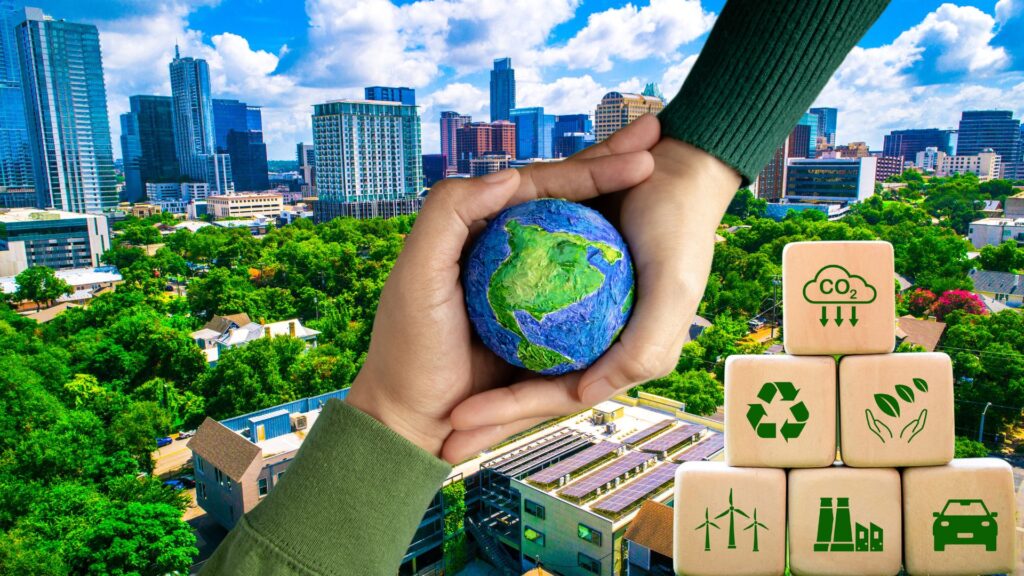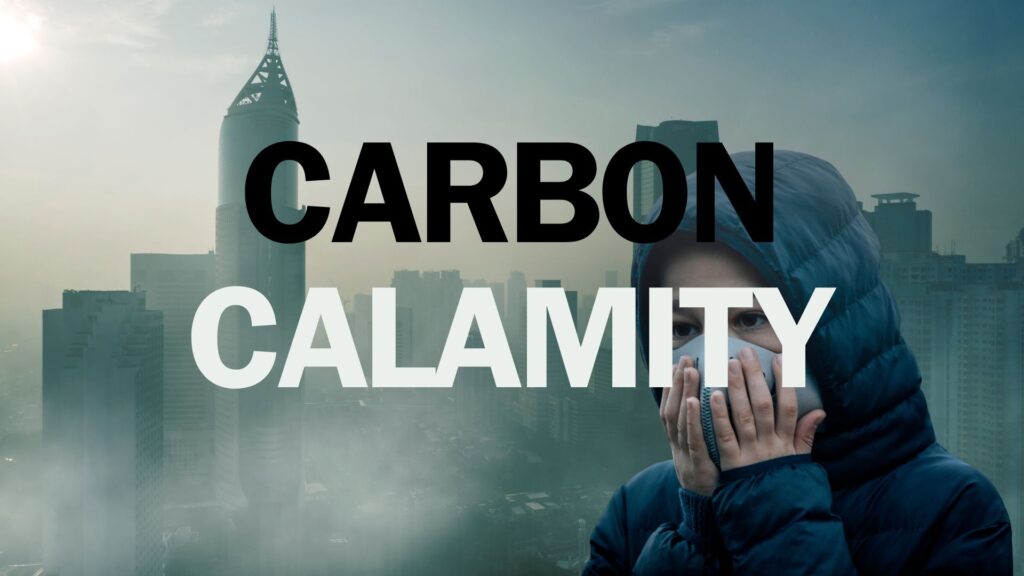How Sustainability Is Driving Consumer Behavior in 2025 — and What It Means for Your Business
In 2025, sustainability is no longer optional — it’s a driving force behind consumer, investor, and employee decisions. From travel to logistics, businesses are being reshaped by growing demands for transparency, responsibility, and measurable environmental action. According to IBM’s latest global sustainability study, 51% of consumers say environmental sustainability is more important today than it was a year ago. The shift is clear — and it’s opening major opportunities for businesses that lead with climate and nature positive strategies. Key Sustainability Trends Shaping Consumer Behavior 1. Consumers Are Paying More for Sustainable Products Nearly half of surveyed consumers reported paying an average of 59% more for eco-conscious products. Brands that align with these values are not only earning loyalty but also capturing new markets. 2. Green Investments Are Growing 62% of personal investors now consider sustainability in their decisions — up from 48% just one year earlier. Climate certifications and ESG reporting are now essential for attracting capital. 3. Sustainability Attracts Top Talent 67% of job seekers are more likely to apply for a job with an environmentally responsible company. Sustainable practices are a competitive advantage in today’s hiring landscape. 4. Consumers Want to Act — But Need Help While 77% want to make sustainable choices, barriers like access and affordability remain. Businesses that empower consumers to live more sustainably will stand out. What Leading Companies Are Doing — And How You Can Too ✅ Make Sustainability Visible and Verifiable Certifications are a powerful trust signal for today’s conscious consumers. For example, Delfin Group, a logistics provider, earned Climate Neutral Certification through Green Initiative by optimizing its emissions and adopting cleaner energy solutions across operations. In the travel sector, Kuoda Travel achieved Climate Positive Certification, reaffirming its leadership in sustainable tourism by accurately measuring emissions, offsetting carbon, and supporting reforestation efforts across South America. Meanwhile, in the beverage industry, AJE Group’s Bio Amayu became the world’s first Climate Positive fruit juice, created with sustainably sourced Amazonian ingredients and produced through carbon-balanced practices. In Brazil, institutions like SESC and SENAC are advancing sustainable development in education and culture through Climate Certification. Grupo Rio da Prata, a leader in ecotourism, has achieved Climate Positive Certification by investing in nature conservation, biodiversity, and responsible tourism. From Europe, organizations such as CEPA and AlphaMundi Group are leading the way in sustainable investment and education, aligning their strategies with measurable climate action and long-term environmental impact. These are just a few of the companies and institutions in our portfolio that are leading their sectors by aligning business goals with climate goals — and reaping the rewards of trust, loyalty, and long-term impact. Get certified here → ✅ Promote Nature Positive Actions Go beyond carbon neutrality. Support biodiversity, reforestation, and regenerative practices with measurable impact — like ForestFriends.eco, Green Initiative’s ecosystem restoration project. Through Forest Friends, businesses and individuals can restore native forests and protect endangered species in regions affected by climate change. Learn about Forest Friends → Lead the Change, Build a Better Future Sustainability isn’t a trend. It’s the foundation of a new business model — one that prioritizes regeneration, equity, and long-term value. At Green Initiative, we help organizations turn climate ambition into real-world action.Join the movement. Get certified. Restore ecosystems. Lead the transition to a truly climate and nature positive future. 👉 Explore climate and nature positive certifications👉 Support ecosystem restoration with Forest Friends










